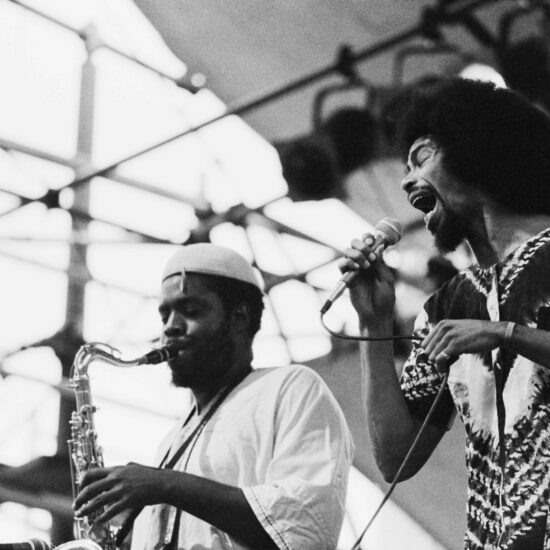
Gil Scott-Heron: “Closer to Langston Hughes than Huey Newton”
The influence of writer and musician Gil Scott-Heron is widely felt. However, assessing his legacy involves figuring out just what kind of artist he was.
Untold stories and rarely seen images of the Black experience

The influence of writer and musician Gil Scott-Heron is widely felt. However, assessing his legacy involves figuring out just what kind of artist he was.
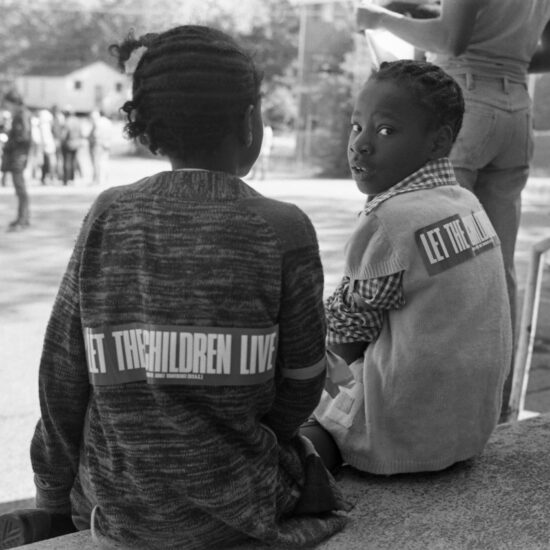
In his last and least known book, James Baldwin demonstrates how the Atlanta Child Murders were not an aberration but rather evidence of the failures of integration, the growing divide between the Black poor and the middle classes, and the need to claim the dead as our own.
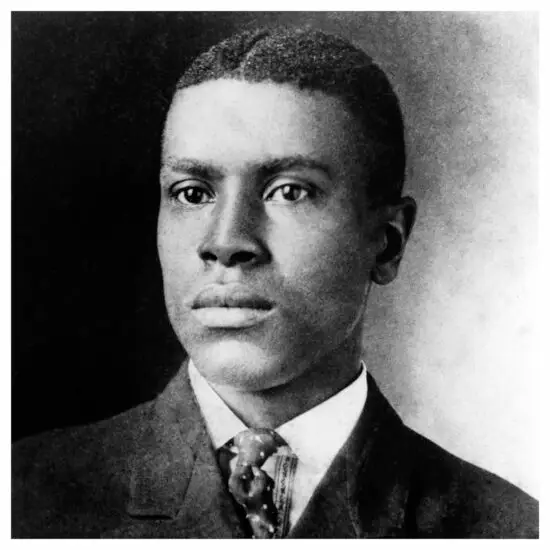
Writer and director Oscar Micheaux was a creative entrepreneur and one of the most important figures in African American cinema during the early twentieth century.
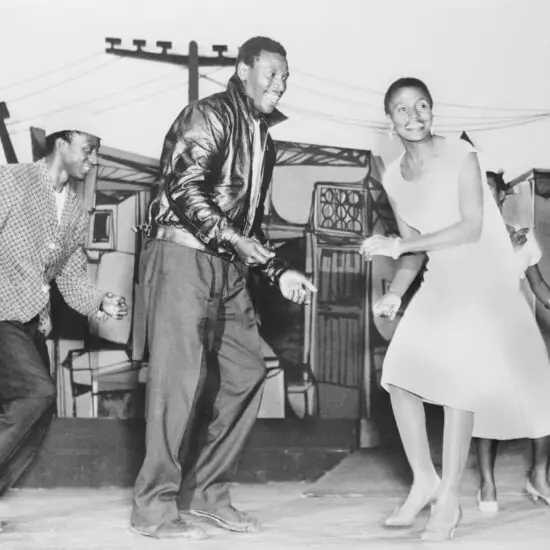
The success of the integrated production of the 1959 musical King Kong had been highly unlikely, and it symbolized a fleeting burst of hope for a multiracial society in Apartheid South Africa.

Toni Morrison’s Beloved
receives acclaim and suppression in equal measure, proving that unapologetically centering Blackness in literature is still controversial in the United States.
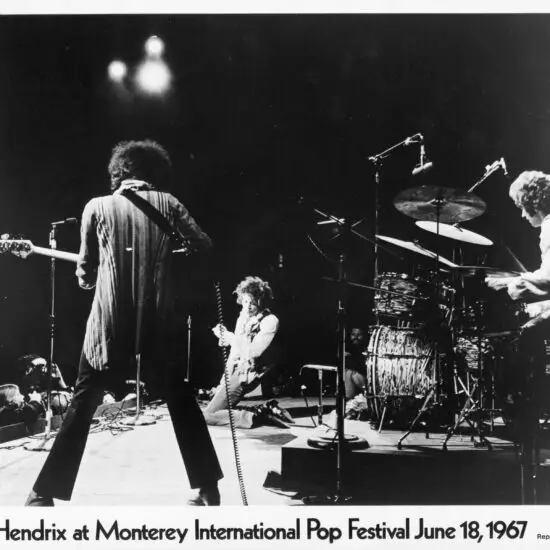
The Legend of Jimi Hendrix was born on June 18th 1967 at the Monterey International Pop Festival.
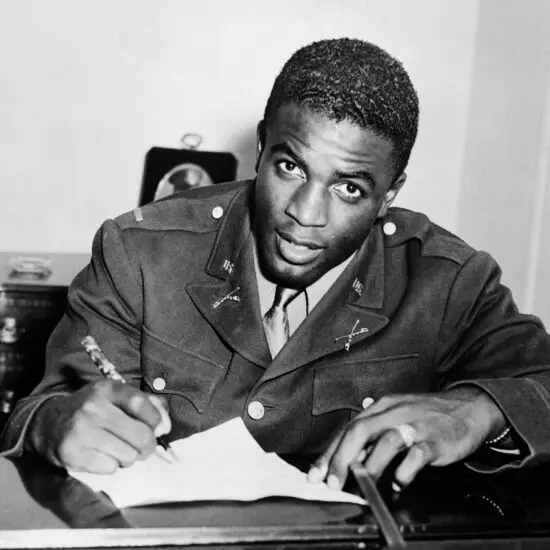
Before beginning his Hall of Fame baseball career, Jackie Robinson served as a second lieutenant in the United States Army, enduring a court martial in pursuit of equal rights for Black soldiers.

The Civilian Conservation Corps, one of Franklin Delano Roosevelt’s most popular New Deal programs, provided work, education, and recreation opportunities for hundreds of thousands of young African American men.
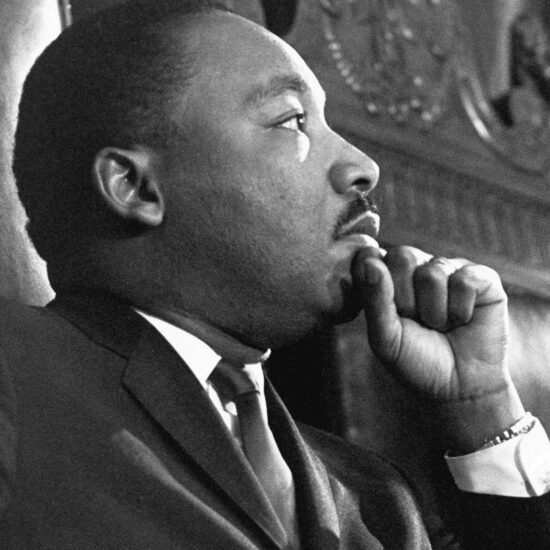
Preaching peace, yet struck down by violence, the killing of Dr. Martin Luther King Jr. reshaped America’s urban spaces and fundamentally changed how the country remembers this civil rights leader.
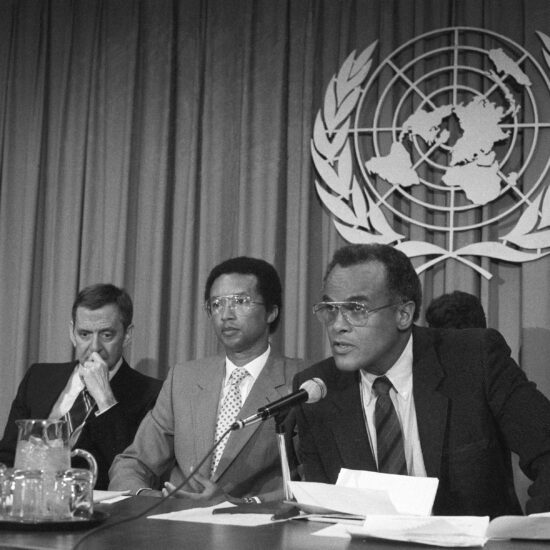
African Americans were closely involved in the fight against South African apartheid, with cultural icons, legislators, civil rights activists, and athletes all playing their part to call attention to the issue and to ultimately pass sanctions against South Africa.